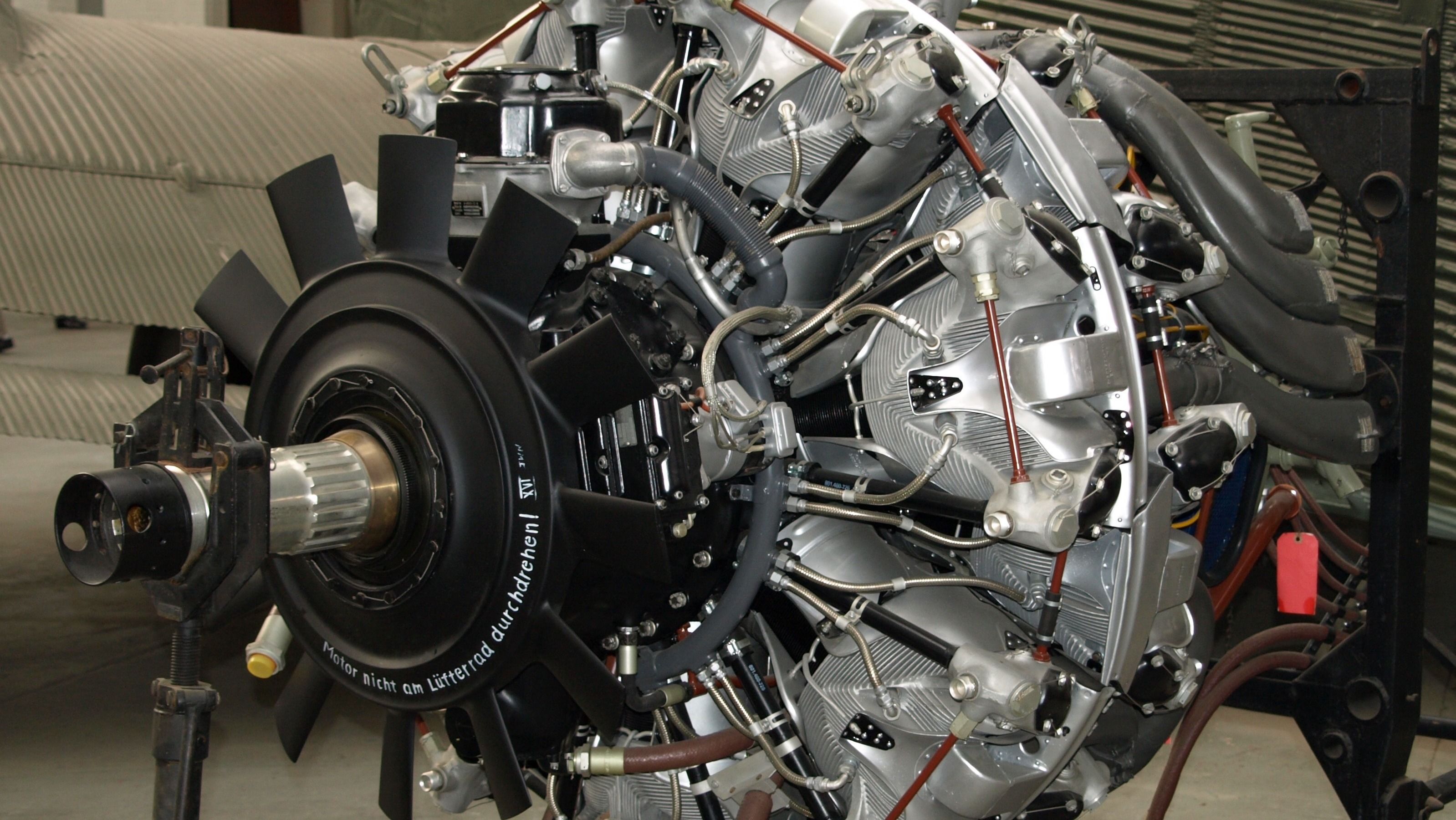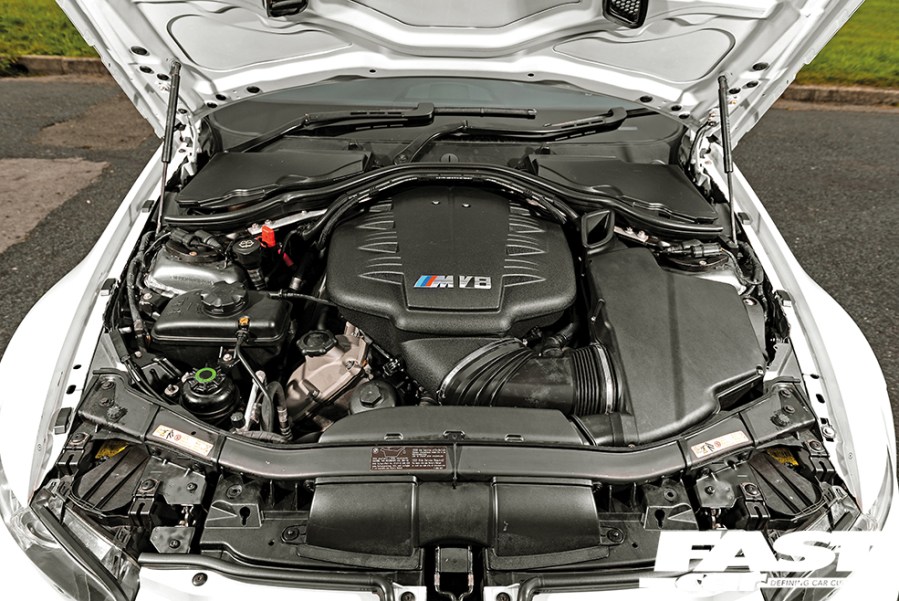Typical Concerns Faced by BMW Engine Owners and Exactly How to Address Them
From Concept to Fact: A Detailed Examination of the Engineering Marvels Driving Automotive Powertrain Advancements
In the world of vehicle design, the detailed internet of developments driving powertrain evolution is a compelling story that unfolds with accuracy and development. From the concept of cutting-edge innovations to their awareness in substantial automotive powertrains, a journey filled with engineering marvels waits for expedition. As we browse through the worlds of inner combustion engines, electric propulsion systems, crossbreed powertrains, and the combination of software and connection, a tapestry of advancements arises. The true intrigue exists in the unraveling future trends in vehicle propulsion, where the limits of what is regarded feasible continue to be pushed.
Advancement of Interior Combustion Engines
The development of interior combustion engines has been a crucial facet in the improvement of auto powertrains. From the very early designs of the late 19th century to the sophisticated engines these days, the trip of interior burning engines has been noted by continual advancement and improvement. The basic principle of these engines remains the regulated combustion of fuel within a restricted space to create mechanical power. Throughout the years, improvements in products, manufacturing strategies, and electronic controls have actually substantially enhanced the effectiveness, efficiency, and ecological kindness of internal burning engines.
One of the vital landmarks in this evolution was the development of gas shot systems, which changed carburetors and allowed more exact control over the fuel-air mixture. Looking in advance, ongoing research and development initiatives are focused on alternate fuels, hybridization, and electrification to move the advancement of interior combustion engines towards also higher effectiveness and sustainability.
Increase of Electric Propulsion Systems
In the world of auto engineering, a remarkable change in the direction of electric propulsion systems is presently reshaping the landscape of car powertrains. bmw engine. Electric propulsion systems, mainly driven by developments in battery technology and environmental concerns, are coming to be progressively prevalent in the auto market. These systems offer countless advantages over typical interior combustion engines, including higher efficiency, decreased emissions, and enhanced efficiency capacities

As automakers remain to invest in study and advancement, electric propulsion systems are expected to come to be even extra sophisticated and extensive. The shift in the direction of electrification stands for a turning point in vehicle background, indicating a significant separation from standard combustion engine innovation in the direction of a much more efficient and sustainable future.

Improvements in Crossbreed Powertrains
With the expanding need for even more fuel-efficient and eco-friendly cars, advancements in crossbreed powertrains have ended up being a prime focus in the auto market's pursuit of sustainable transport solutions. Hybrid powertrains incorporate typical interior burning engines with electrical propulsion systems, using enhanced gas effectiveness and reduced exhausts compared to standard vehicles.
One secret innovation in crossbreed Get the facts powertrains is the growth of plug-in hybrid electric cars (PHEVs) These lorries can be billed from an outside source of power, permitting prolonged electric-only driving arrays. In addition, developments in regenerative stopping systems have actually enhanced the performance of hybrid cars by converting kinetic power throughout stopping into electrical energy to charge the battery.
Furthermore, automakers are progressively concentrating on optimizing the integration of hybrid powertrains with sophisticated transmission systems to further boost overall effectiveness and performance. Making use of light-weight products and progressed control systems has also added to making hybrid powertrains much more effective and small. Overall, the continual innovations in hybrid powertrains are paving the way for a much more sustainable future in the automobile sector.

Integration of Software Application and Connection
Progressing the vehicle industry's technological landscape, the combination of software application and connectivity plays a critical function in boosting automobile performance and user experience. Software program regulates vital elements of the vehicle, such as engine monitoring, transmission systems, and progressed driver-assistance systems (ADAS)
Connection further boosts this integration by permitting automobiles to communicate with external networks, various other cars, and framework. With attributes like remote diagnostics and over-the-air updates, manufacturers can constantly enhance lorry efficiency, address issues without delay, and introduce brand-new functions without calling for physical recalls. Furthermore, connection allows sophisticated functionalities like real-time web traffic updates, remote vehicle tracking, and smooth combination with mobile devices for improved convenience.
Future Patterns in Automotive Propulsion
The advancement of automobile powertrain developments, specifically in the integration of software application and connection, establishes a foundation for exploring the future patterns in auto propulsion. Looking ahead, key trends are emerging that are positioned to revolutionize the automobile market. One prominent pattern is the boosting change towards electrification. As worries about climate modification and ecological sustainability expand, electric vehicles (EVs) are coming to be extra prevalent. Producers are investing greatly in creating EV technology, causing innovations in battery efficiency, variety, and charging infrastructure.
Additionally, self-governing driving innovation is set see to improve the means cars are powered. Self-driving vehicles are coming to be more of a truth, and this shift will likely affect propulsion systems. These lorries may require special powertrain configurations to sustain numerous degrees of autonomy. In addition, the assimilation of fabricated knowledge (AI) and artificial intelligence in vehicle propulsion systems is prepared for to improve performance and performance.
Verdict
To conclude, the constant advancement of automotive powertrains has seen the growth of i was reading this internal burning engines, electric propulsion systems, crossbreed powertrains, and the integration of software and connectivity. These advancements have actually driven significant renovations in efficiency, efficiency, and sustainability in the automotive market. Looking in advance, future patterns show a continued change in the direction of electrification, self-governing driving, and connection, shaping the future of vehicle propulsion systems.
The evolution of interior burning engines has been a crucial aspect in the innovation of automobile powertrains.In the world of auto engineering, a significant change in the direction of electrical propulsion systems is currently improving the landscape of vehicle powertrains. On the whole, the continuous innovations in hybrid powertrains are paving the method for an extra sustainable future in the automobile market.
The advancement of auto powertrain advancements, especially in the assimilation of software and connectivity, sets a foundation for checking out the future trends in automobile propulsion.In conclusion, the continuous advancement of automotive powertrains has seen the growth of interior burning engines, electrical propulsion systems, crossbreed powertrains, and the integration of software and connectivity.